In defense of childhood disintegrative disorder
Childhood disintegrative disorder represents a distinct entity within the autism spectrum and it should remain a separate diagnostic category, says Kevin Pelphrey.

Childhood disintegrative disorder represents a distinct entity within the autism spectrum and it should remain a separate diagnostic category, says Kevin Pelphrey.
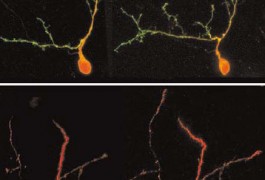
Mice with an extra copy of MeCP2, the Rett syndrome gene, have impaired signaling between neurons in the hippocampus, a brain region that plays an important role in memory, according to a study published 29 February in The Journal of Neuroscience.
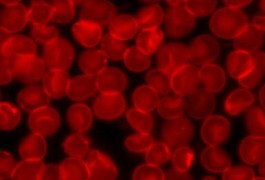
Researchers have generated neurons from the blood cells of individuals with autism, according to a study published 7 March in Neuroscience Letters.
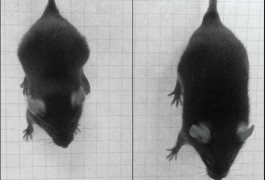
A bone marrow transplant from healthy mice to those lacking the MeCP2 protein, which causes Rett syndrome, extends lifespan and alleviates symptoms of the disorder, according to research published online 18 March in Nature.
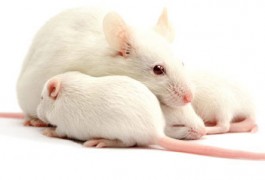
A commonly used flame retardant may lead to deficits in sociability, learning and memory in healthy female mice and those that model Rett syndrome, according to a study published 15 February in Human Molecular Genetics. The effects are different in Rett syndrome models compared with healthy mice, suggesting gene-environment interactions.

Two genes may be responsible for autism symptoms in mice with extra copies of the Rett syndrome gene, according to a study published 8 January in Nature Genetics.
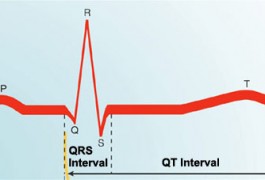
Mice engineered to carry a Rett syndrome mutation only in neurons are prone to an irregular heartbeat that can lead to sudden death, according to a study published 14 December in Science Translational Medicine.

Two compounds that enhance the activity of BDNF, a protein needed for the growth of neurons, improve motor skills in mouse models of Rett syndrome and increase the mice’s lifespan.

A new online database provides searchable information for nearly 10,000 genes, variants and chromosomal regions linked to autism. Researchers describe the resource, dubbed AutismKB, in the January issue of Nucleic Acids Research.

Researchers have charted the expression of more than 15,000 brain genes across 15 stages of development, spanning from 4 weeks post-conception to more than 60 years of age, they reported 27 October in Nature.